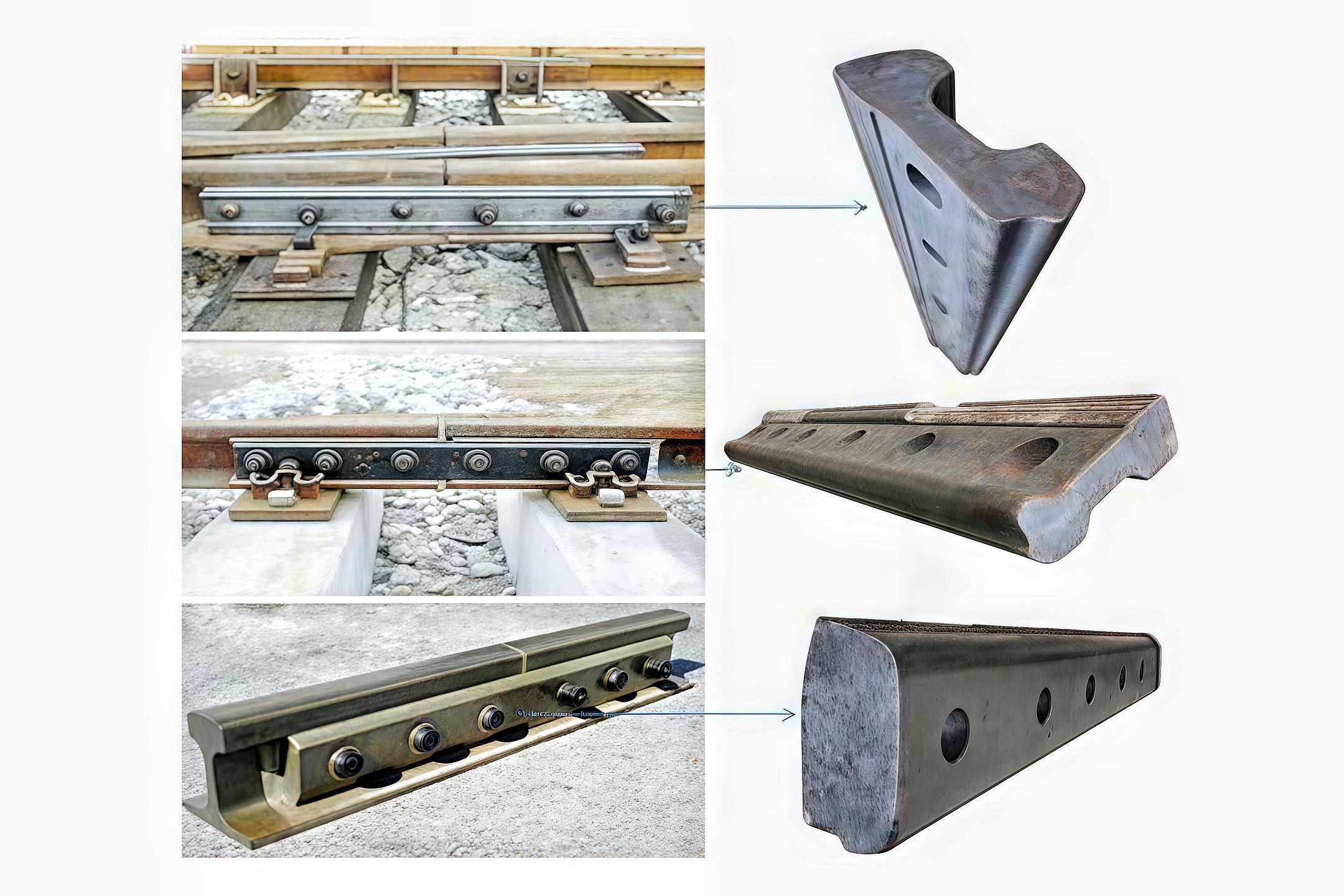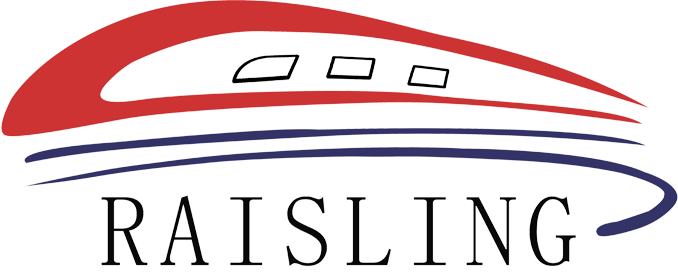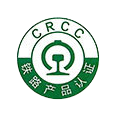Exploring the Role of Rail Fish Plates in Modern Rail Design
Oct 15,2025
Exploring the Role of Rail Fish Plates in Modern Rail Design Table of Contents 1. Introduction to Rail Fish Plates 2. What Are Rail Fish Plates? 3. Importance of Rail Fish Plates in Rail Design 4. Key Design Features of Rail Fish Plates 5. Materials Used in Rail Fish Plates 6. Applications of Rail Fish Plates in Modern Infrastructure 7. Challenges in Rail Fish Plate Design and Manuf

Exploring the Role of Rail Fish Plates in Modern Rail Design
Table of Contents
- 1. Introduction to Rail Fish Plates
- 2. What Are Rail Fish Plates?
- 3. Importance of Rail Fish Plates in Rail Design
- 4. Key Design Features of Rail Fish Plates
- 5. Materials Used in Rail Fish Plates
- 6. Applications of Rail Fish Plates in Modern Infrastructure
- 7. Challenges in Rail Fish Plate Design and Manufacturing
- 8. The Future of Rail Fish Plates and Rail Design
- 9. Conclusion
- 10. Frequently Asked Questions
1. Introduction to Rail Fish Plates
In the realm of rail transportation, the integrity and safety of rail infrastructure are paramount. Among the numerous components that contribute to the stability and reliability of rail systems, **rail fish plates** play a crucial role. These seemingly simple devices are essential in ensuring that rail tracks remain aligned and functional, which ultimately impacts the safety of both passengers and freight.
This article aims to explore the significance of rail fish plates in modern rail design, examining their design features, materials, applications, and future developments in the industry.
2. What Are Rail Fish Plates?
Rail fish plates, often referred to as rail joint bars, are metal components used to connect two sections of rail track. Their primary function is to maintain the alignment and integrity of the rail, preventing gaps that could lead to derailments or other safety issues. Typically made from steel or other durable metals, these plates are bolted to the ends of the rail sections, creating a continuous surface for trains to travel upon.
Fish plates come in various designs and sizes, catering to different types of rail systems, including heavy freight, passenger, and high-speed rail. Their design is tailored to withstand the dynamic loads and stresses that trains exert during operation.
3. Importance of Rail Fish Plates in Rail Design
The importance of rail fish plates cannot be overstated. They serve several critical functions within railway systems:
3.1. Structural Integrity
Fish plates ensure that rail joints are secure and stable, helping to distribute the weight of trains evenly across the rail tracks. This structural integrity is vital for preventing cracks and failures that could lead to serious accidents.
3.2. Alignment Maintenance
Proper alignment of rails is essential for smooth train operations. Fish plates help maintain this alignment, reducing the risk of misalignment that could cause derailments.
3.3. Vibration Damping
As trains move along the tracks, they generate vibrations that can lead to wear and tear over time. Fish plates assist in dampening these vibrations, prolonging the lifespan of both the rail and the rolling stock.
3.4. Cost-Effectiveness
By effectively maintaining rail integrity, fish plates reduce the need for frequent repairs and replacements, ultimately lowering the maintenance costs associated with rail infrastructure.
4. Key Design Features of Rail Fish Plates
The design of rail fish plates is intricate, incorporating several features that enhance their effectiveness:
4.1. Bolt Holes
Fish plates feature multiple bolt holes that allow for secure fastening to the rail ends. The positioning and size of these holes are critical for ensuring proper alignment and strength.
4.2. Profile Shape
The profile of fish plates is designed to match the rail’s profile, ensuring a snug fit that minimizes stress concentrations.
4.3. Material Thickness
The thickness of fish plates varies based on the requirements of the specific rail application. Thicker plates provide enhanced strength and durability, while thinner plates may be used in lighter rail systems.
5. Materials Used in Rail Fish Plates
The choice of materials for rail fish plates is crucial, as they must withstand significant loads and environmental conditions. Common materials include:
5.1. Steel
Steel is the most widely used material for fish plates due to its high strength and durability. It can be treated to enhance corrosion resistance, making it suitable for various environments.
5.2. Alloyed Metals
Some rail systems may employ alloyed metals, which offer improved performance characteristics, such as enhanced strength-to-weight ratios and resistance to wear.
5.3. Composite Materials
In innovative rail designs, composite materials are increasingly being used. These materials can provide lighter weight and corrosion resistance without sacrificing strength.
6. Applications of Rail Fish Plates in Modern Infrastructure
Rail fish plates find application in a variety of rail systems:
6.1. Freight Railroads
Freight railroads rely heavily on fish plates to ensure that their tracks remain stable under the weight of heavy cargo trains.
6.2. High-Speed Rail Systems
In high-speed rail applications, fish plates must be designed to accommodate rapid train speeds while maintaining safety and stability.
6.3. Urban Transit Systems
Urban light rail and subway systems utilize fish plates to ensure smooth transitions between different rail sections, providing a safe and efficient commuting experience for passengers.
7. Challenges in Rail Fish Plate Design and Manufacturing
Despite their importance, designing and manufacturing rail fish plates presents several challenges:
7.1. Material Stress and Fatigue
Fish plates undergo significant stress and fatigue over time, particularly in high-traffic areas. Engineers must consider these factors during the design process.
7.2. Corrosion Resistance
Rail fish plates are often exposed to harsh environmental conditions. Ensuring that materials are resistant to corrosion is crucial for their longevity.
7.3. Cost Considerations
While quality is essential, manufacturers must balance performance with cost to remain competitive in the market.
8. The Future of Rail Fish Plates and Rail Design
As technology advances, the future of rail fish plates looks promising:
8.1. Smart Materials
The development of smart materials that can monitor stress and fatigue in real-time is on the horizon, potentially revolutionizing the rail industry.
8.2. Enhanced Manufacturing Techniques
Additive manufacturing and other advanced fabrication techniques may lead to the production of more efficient and lightweight fish plates.
8.3. Sustainability Initiatives
As the rail industry shifts towards sustainability, the use of eco-friendly materials and production processes will become increasingly important.
9. Conclusion
In conclusion, rail fish plates play an indispensable role in modern rail design, ensuring the safety and efficiency of rail systems worldwide. Their design, materials, and applications are critical to maintaining the structural integrity of track systems. As the rail industry continues to evolve, the future of fish plates promises innovative developments that will enhance their performance and sustainability. Understanding the role of these vital components is essential for industry professionals and stakeholders invested in the future of rail transportation.
10. Frequently Asked Questions
1. What is the primary function of rail fish plates?
Rail fish plates connect two sections of rail track, ensuring alignment and structural integrity.
2. How often should rail fish plates be inspected?
Regular inspections are recommended, typically during track maintenance schedules, to identify any wear or damage.
3. Can rail fish plates be replaced easily?
Yes, rail fish plates can be replaced, but it requires specialized equipment and trained personnel to ensure proper installation.
4. What materials are commonly used for manufacturing rail fish plates?
Steel is the most common material used, though alloyed metals and composite materials are also utilized in modern designs.
5. What challenges exist in the manufacturing of rail fish plates?
Challenges include material stress, corrosion resistance, and balancing cost with quality.
Previous:
Recommended
Henan Xinda Railway Equipment Co., Ltd. participated in the Russian International Railway and Rail Transit Exhibition
Delegation of International Rail Experts Tours Henan Xinda's Railway Fastener Manufacturing Facility
Henan Xinda hosts foreign delegates for a factory tour of its railway fastener production plant. See how we ensure quality in manufacturing rail clips, fish plates, and fasteners for global rail infrastructure. CRCC certified. Get a quote.
Contact Us








